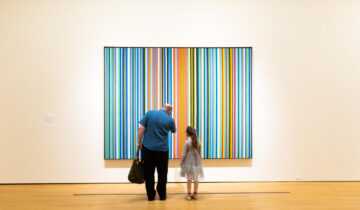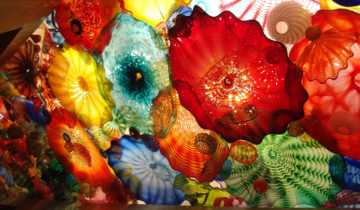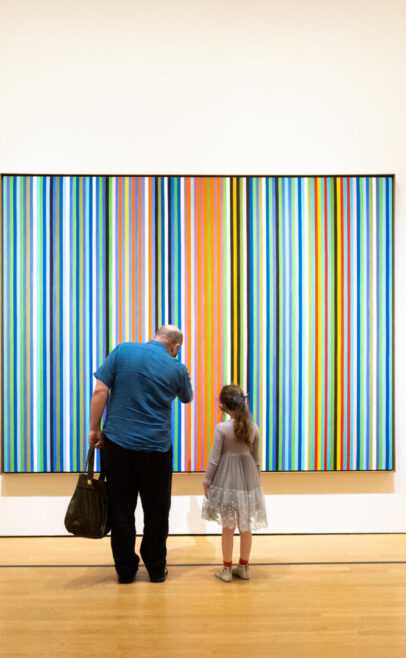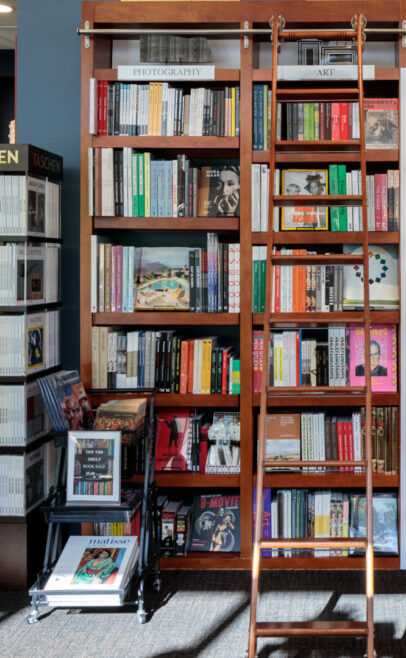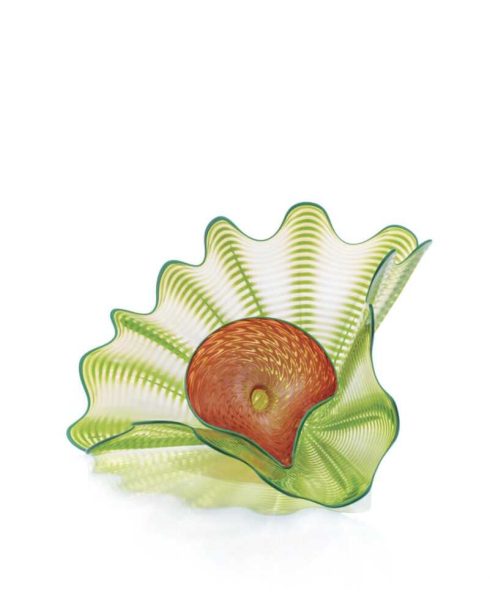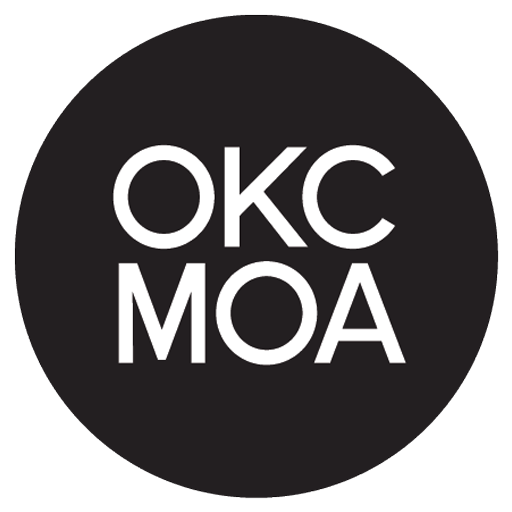Join Museum staff for an in-depth tour of American Surrealism, a single-gallery installation from the Museum’s permanent collection exploring Surrealism in the United States through the lens of the uncanny.
$25 Members | $35 Non-Members
Not a member? Join today!
Not a member? Join today!
Though it began in France as a literary movement in 1924, Surrealism quickly evolved into an international and interdisciplinary movement that continues to influence artists today. Inspired by psychologist Sigmund Freud, who described the concept of the uncanny as the familiar made strange, Surrealist art often depicts dream-like images, displaced and fragmented objects, and abstract, biomorphic forms. A key shift in the movement’s history came during World War II, when many Surrealists relocated from Europe to the United States. There, Marcel Duchamp played a central role in facilitating connections and exchanges between American and European artists, which led to new art styles such as Abstract Expressionism. This installation explores the lineage and relocation of European Surrealism to the United States through the Freudian notion of the uncanny. It features European Surrealists, American artists influenced by the movement, and artists with a Surrealist sensibility.
—
Seymour Lipton, Untitled (detail), 1986, Conté crayon on paper, 11 x 8 1/2 in., Oklahoma City Museum of Art, gift of Alan Lipton, 2008.005, © The Estate of Seymour Lipton; Courtesy of Michael Rosenfeld Gallery LLC, New York, NY, photo © Oklahoma City Museum of Art

